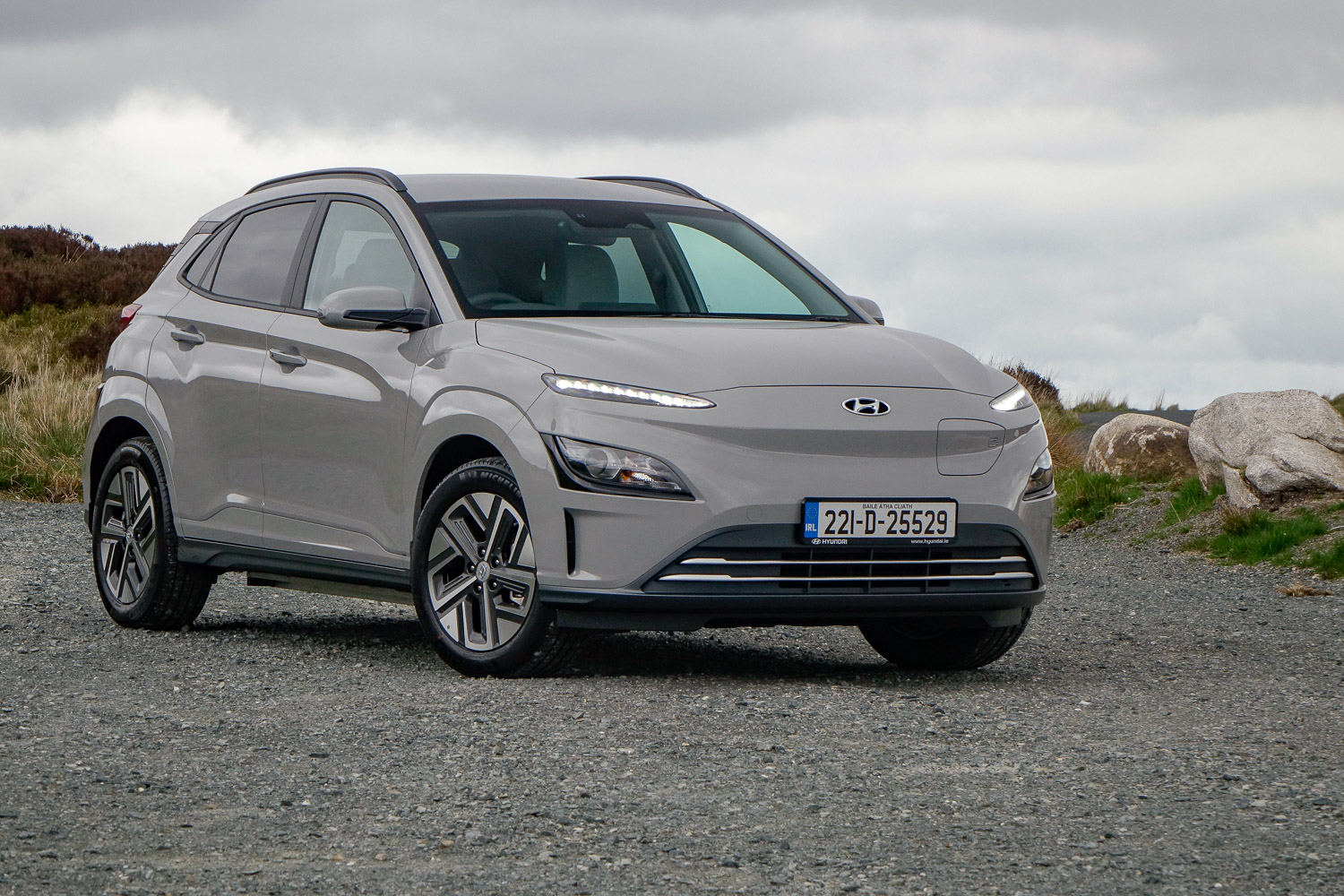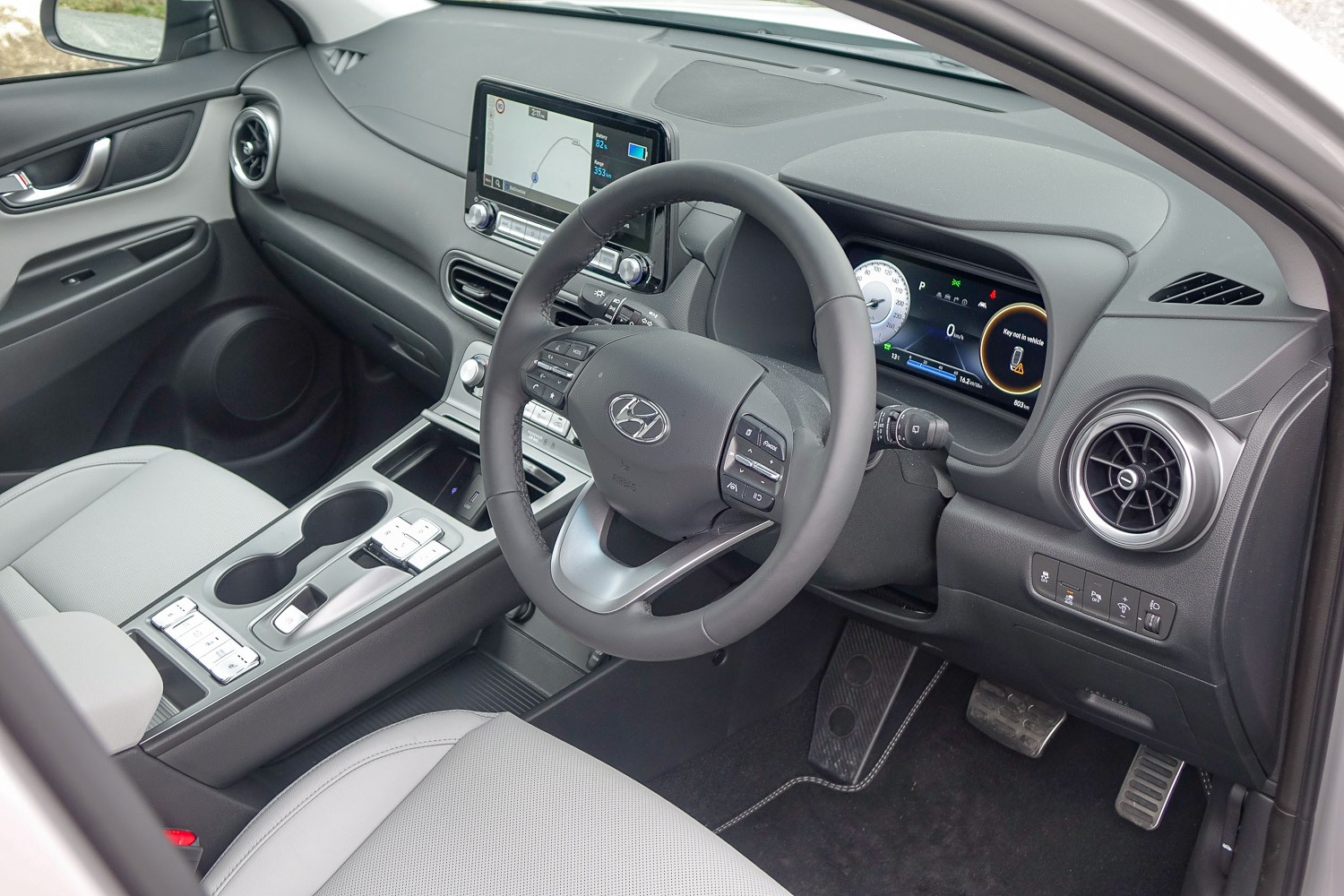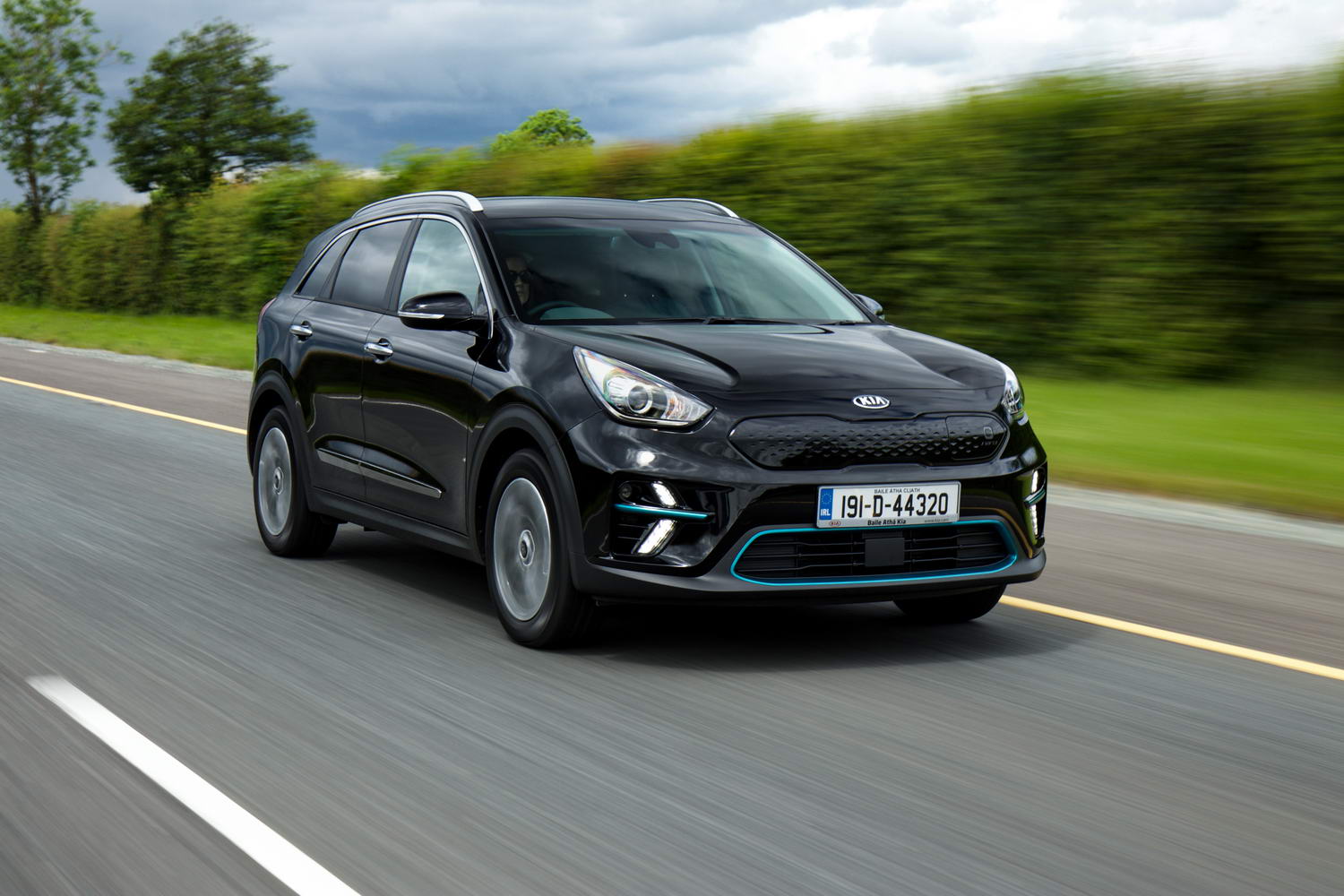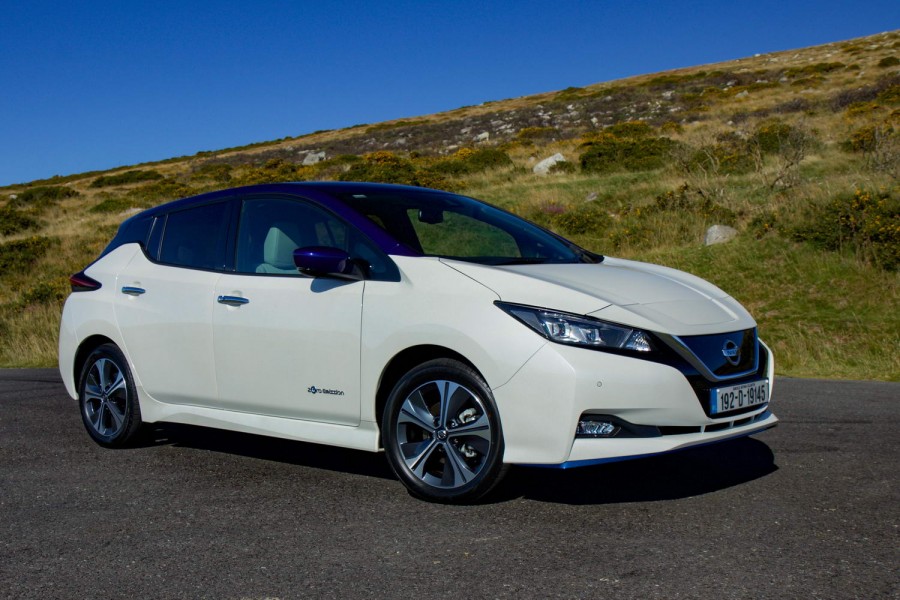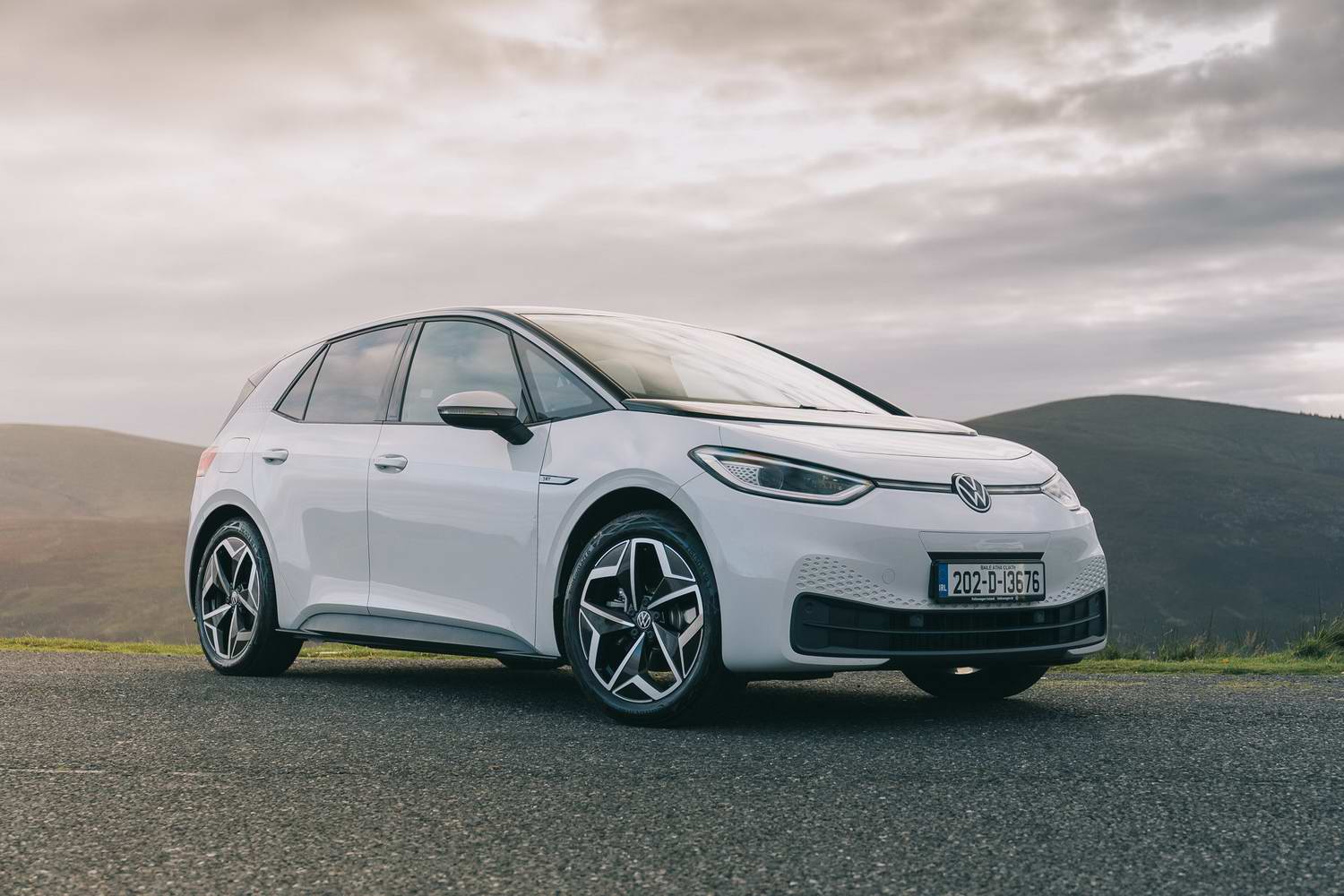Hyundai Kona overview
In the race to electrification, it can be easy to forget some of the early adopters, such as the Hyundai Kona. While it was the Korean maker's second EV after the Ioniq, it shares much with the Kia e-Niro, and packages it in a more dramatic looking body. With a wave of new EVs joining the market in recent months, Hyundai has given the Kona a facelift to keep it fresh, with new slender headlights and a smooth nose for the electric model to help distinguish it from the hybrid and petrol-engined versions.
In terms of size, the Kona slots below the Tucson in the Hyundai SUV line-up, although like the smaller Bayon its small dimensions mean it's more like a high-riding hatchback than an SUV. With that in mind, the Kona Electric's rivals include the Volkswagen ID.3 and Cupra Born, while the platform-sharing e-Niro and Kia e-Soul are also in the same market. Other, more SUV-like options include the Peugeot e-2008, Opel Mokka-e and DS 3 Crossback, all of which share the same EV running gear.
As well as an exterior refresh, the cabin of the Kona has been updated, too. There are now 10.25-inch digital instruments for all models, while higher-spec versions add a similarly sized infotainment screen. There's wireless Apple CarPlay and Android Auto connectivity, while the update saw Hyundai's latest Bluelink connected services added, too. The safety equipment has also been given an upgrade, with Hyundai SmartSense, including rear cross-traffic alert, blind-spot collision avoidance, lane-keep assist and departure warning, adaptive cruise control and forward collision avoidance.
The Hyundai Kona model range
Irish pricing for the Hyundai Kona Electric starts from €31,495, which is around €7,000 more than the starting price for the petrol-powered Kona. However, to confuse things, the Kona Electric starts at €500 less than the petrol-electric Kona Hybrid. This gets you behind the wheel of a Kona Electric Executive, but it's a jump of €3,500 to a Premium model, and that includes a €5,000 discount thanks to the current SEAI Grant and VRT relief for EVs (Executive spec doesn't qualify for this).
Power for the Kona Electric comes from a choice of 39.2kWh or 64kWh batteries, with electric motor outputs of 136hp and 204hp respectively, which are the same numbers as they are for the pre-facelift model. It means the Kona offers an official range of 305km with the smaller battery, or 484km with the larger pack.
One area where the Kona is falling a little behind rivals is with charging speeds. The on-board charging system is rated at 7.2kW, which means a full charge from a home wallbox will take six hours for the 39.2kWh model, or nine hours and 15 minutes for the larger 64kWh battery. These times shrink to 48 minutes and 64 minutes respectively if you're charging via a 50kW DC fast charger, while charging at a 100kW charger takes 47 minutes for either battery (note: the Kona charges at up to 77kW).
The Kona Electric Executive is only available with the 39.2kWh battery, but it's still pretty well equipped. There are 17-inch alloy wheels, the full suite of new safety kit mentioned above, an eight-inch touchscreen with Bluetooth, DAB radio, Apple CarPlay and Android Auto, rear parking sensors and a camera, heated seats and steering wheel, keyless entry and starting, an electric parking brake and climate control that can save energy by only directing air towards the driver when there's only one person on board.
Move up to Premium spec and extra luxuries include automatic wipers, leather seat trim, a heat pump for greater battery efficiency and a 10.25-inch touchscreen with navigation, wireless phone charging and a Krell premium sound system. These are nice to have, but Executive trim has more than enough equipment if you're happy to choose the smaller battery - Premium trim is the only option for the larger battery.
Hyundai can get you behind the wheel of a Kona Electric from €308 a month on a PCP deal, but head to the Hyundai Ireland website for the latest offers.
The Hyundai Kona Electric interior
If you look at the Kona Electric as more of a tall hatchback than a proper SUV, then its interior dimensions won't be too much of a disappointment. Up front, you won't have any problems finding a comfortable position, because there's lots of adjustability, and you do get a higher seating position than you might expect from a hatchback, for example.
Build quality is good, too, with some soft-touch trim in the right places, although the overly grey cabin finish does seem a bit dull. The chief update inside is the addition of a new 10.25-inch touchscreen on the car that we tested, and it's a clear improvement on the previous system that looks far more modern. It has a simple menu system that's easy to find your way around, although we did find it a little slow to respond at times.
The touchscreen is joined by neat digital dials that are reminiscent of the clocks seen in the Hyundai i20 and Bayon. They change design depending on whether you're in Eco, Normal or Sport modes, although we're not fans of the white faces that feature in the Normal setting. The trip computer between the dials offers plenty of information, which is easily accessible thanks to the responsive buttons on the steering wheel.
It's in the rear where the Kona Electric is most disappointing. Considering it's being marketed as an electric SUV, rear space is more like a hatchback's. Headroom is fine, but there's not much legroom when compared with other small SUVs. The boot is on the small side, too. It measures in at 332 litres in five-seat mode, which is smaller than a lot of compact hatches, and this only expands to 1,114 litres when the back seats are folded.
Storage elsewhere in the cabin is reasonable, though, with a large storage bin under the centre armrest, decent door pockets and a big glovebox, too. Ahead of the cupholders there's a covered storage area with a USB port and wireless charging pad. The latter is a bit small for some smartphones, but it's a useful location to store your device all the same.
The Hyundai Kona Electric driving experience
The first thing to get familiar with in the Kona Electric is the push-button drive selector. It's simple enough to use - just select the drive mode you want, and you're away - but we prefer the toggle or rotary-style selectors found in rivals.
Driving the Kona Electric is simplicity in itself, and it's one of the more enjoyable EVs from behind the wheel. It's helped in part by the generous 395Nm of torque that's on offer, which is a fair bit more than you get in most rivals near the 200hp mark. That figure is available from the instant you accelerate away, and if you're heavy with your right foot, the front tyres can break traction, even in the dry. The slow-witted traction control system takes its time to react, too.
Go gently on the accelerator, and the Kona Electric is good to drive. There's excellent body control, although the suspension set-up delivers decent comfort, too, and the steering is responsive. The Kona's compact dimensions might not be great for passenger space, but it does mean it's a precise car to position on the road, and also a cinch to park. The standard-fit reversing camera and parking sensors help, but then all-round visibility is good enough that you only really need them in the tightest of spots.
Another highlight is the Kona Electric's energy recuperation. There's a three-stage system that's selected via paddles behind the steering wheel, with the lowest setting similar to coasting in a manual-equipped car, while the strongest energy recovery almost offers you one-pedal driving. We say one-pedal, because you still need to apply the brakes to come to a complete halt, but in most other situations you'll hardly ever touch the brake pedal. Combine all of these highlights together, and the Kona Electric is a better EV for urban driving than any larger SUV, although the lower-powered version is more than potent enough for this type of driving.
Whichever version of the Kona Electric you choose, you should expect decent efficiency. A heat pump helps to take some of the strain off the battery to keep the cabin temperature in check, and we averaged 15.2kWh/100km during our time with the car. That's a pretty astounding result, especially when we spent time in the mountains and at 120km/h on the motorway.
Our verdict on the Hyundai Kona Electric
The Hyundai Kona Electric is one of the older cars in the EV market, but these latest updates have kept it fresh. The upgrades to the infotainment system are a highlight and improve the cabin greatly, while the Kona Electric's driving manners and performance mean it should be on the shortlist of anybody looking to buy their first EV.

